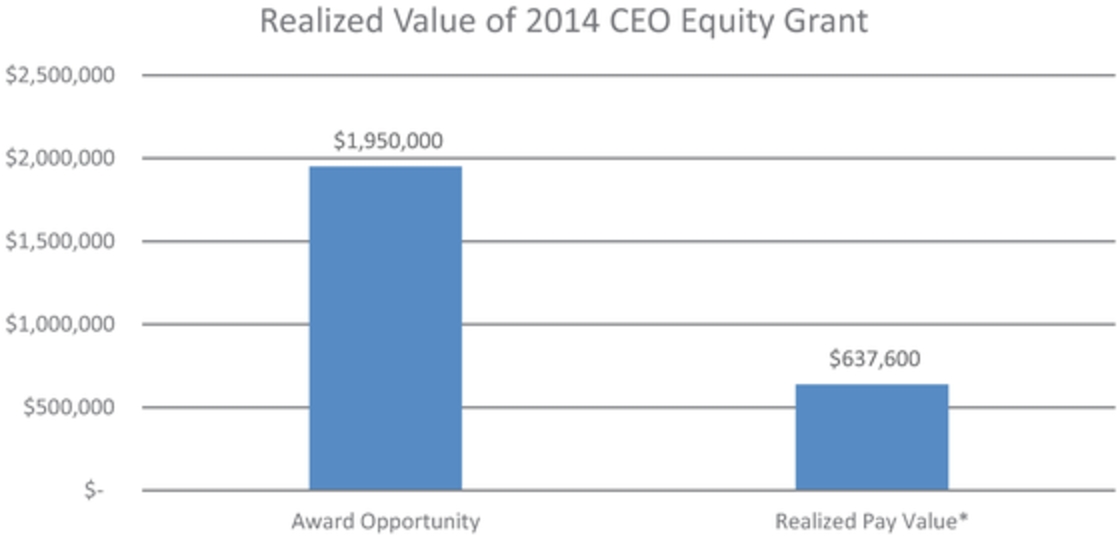Payment of Filing Fee (Check the appropriate box):
SECURITIES AND EXCHANGE COMMISSION
Washington, DC 20549
Securities Exchange Act of 1934o☐oPreliminary Proxy Statements oConfidential, for Use of the Commission Only (as permitted by Rule 14a-6(e)(2)) ☒ Definitive Proxy Statement oDefinitive Additional Materials oSoliciting Material Pursuant to §240.14a-12 o ☐ o ☐ o ☐
and Abbreviations
| | Adjusted EBITDA(1) | | | Earnings before interest, taxes, depreciation and amortization, adjusted to exclude items that may not be indicative of, or are unrelated to our core operating results |
| | AgEqOz | | | Silver equivalent ounce. Silver-to-lead and silver-to-zinc equivalence incorporated into calculations under the 2019 AIP are calculated based on average spot prices for the year ended December 31, 2019. |
| | AIP | | | Annual Incentive Plan |
| | Annual Meeting | | | 2020 Annual Stockholders’ Meeting to be held May 12, 2020 |
| | Audit or Audit Committee | | | Audit Committee of the Board |
| | Board | | | Coeur’s Board of Directors |
| | CAS | | | Costs applicable to sales |
| | CD&A | | | Compensation, Discussion and Analysis |
| | CLDC or CLD Committee | | | Compensation and Leadership Development Committee of the Board |
| | Code | | | Code of Business Conduct and Ethics |
| | Coeur or the Company | | | Coeur Mining, Inc. |
| | EHSCR or EHSCR Committee | | | Environmental, Health, Safety and Corporate Responsibility Committee of the Board |
| | ESG | | | Environmental, social and governance |
| | Exec | | | Executive Committee of the Board |
| | FCF(1) | | | Free cash flow |
| | LTIP | | | Coeur’s Long-Term Incentive Plan |
| | NCGC or NCG Committee | | | Nominating and Corporate Governance Committee of the Board |
| | NEOs | | | Named Executive Officers |
| | OCF | | | Operating cash flow |
| | PCAOB | | | Public Company Accounting Oversight Board |
| | PSUs | | | Performance share units issued under the LTIP |
| | Record Date | | | March 16, 2020 |
| | ROIC | | | Return on invested capital |
| | RS | | | Restricted shares issued under the LTIP |
| | SEC | | | Securities and Exchange Commission |
| | Semler Brossy | | | Semler Brossy Consulting Group LLC |
| | Total Debt | | | Total Company debt, which includes capital leases, net of debt issuance costs and premium received |
| | TSR | | | Total stockholder return |
| | YOY | | | Year-over-year |
| (1) | Please see “Appendix A—Certain Additional Information” for more information about non-GAAP measures used in this Proxy Statement and reconciliations of these measures to U.S. GAAP |


















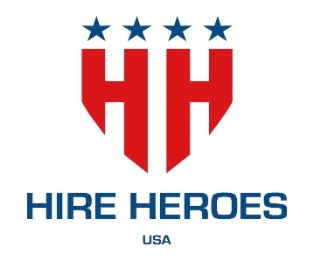


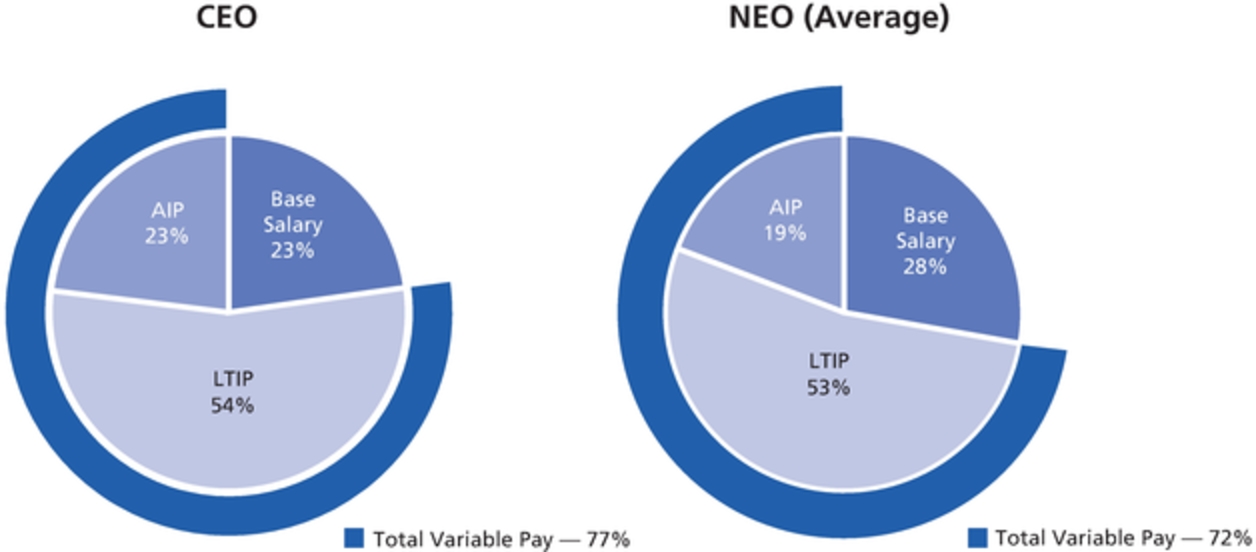
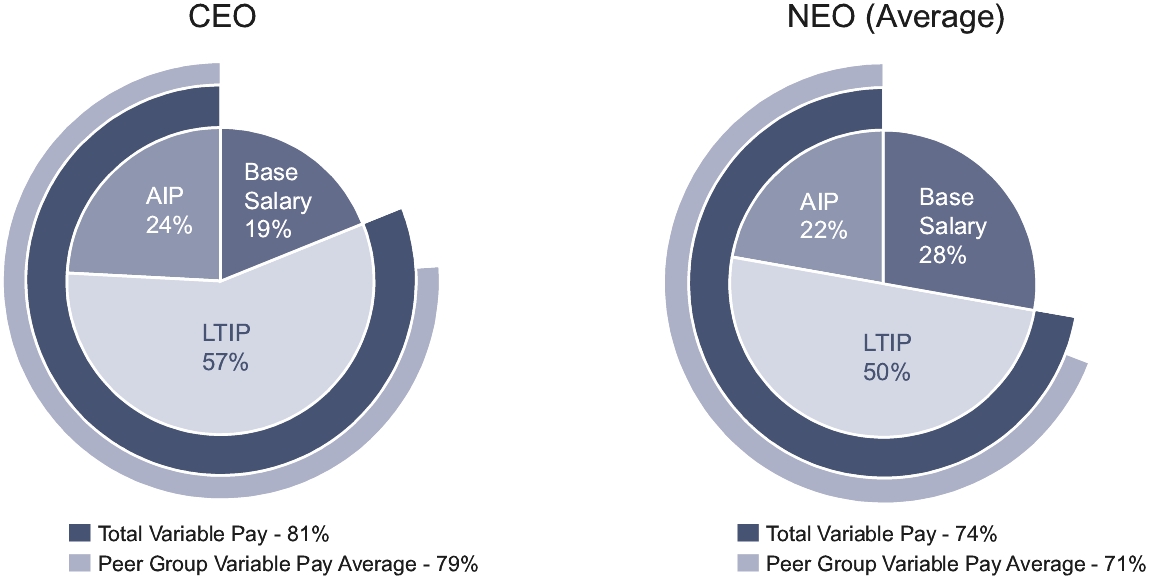
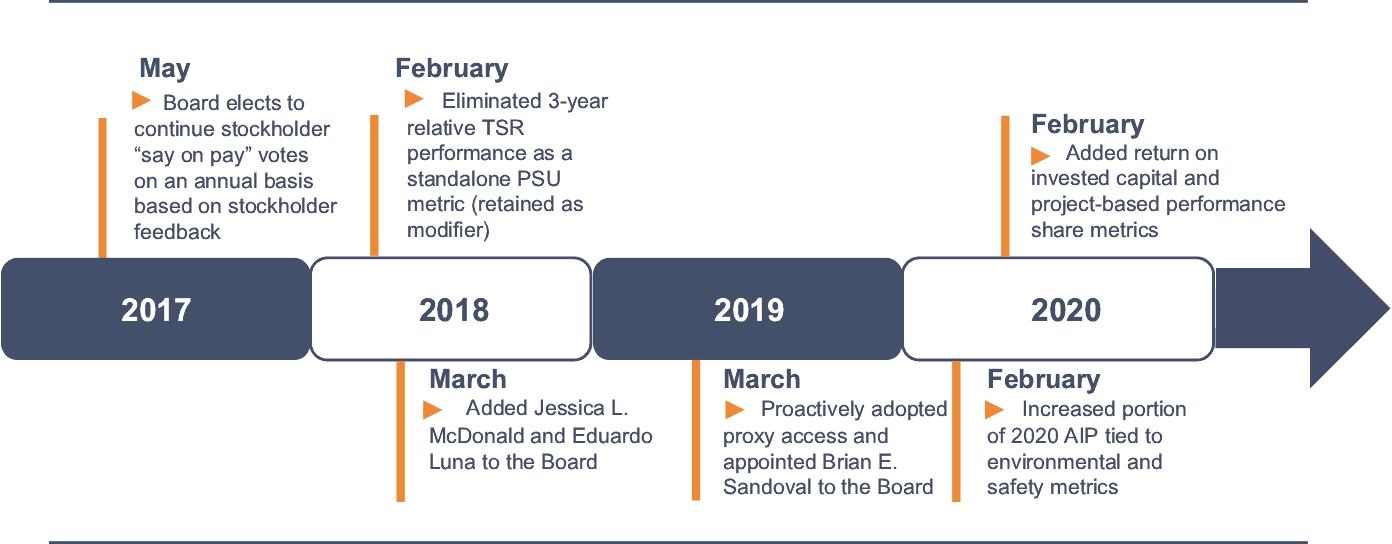




































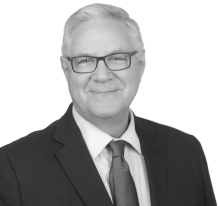









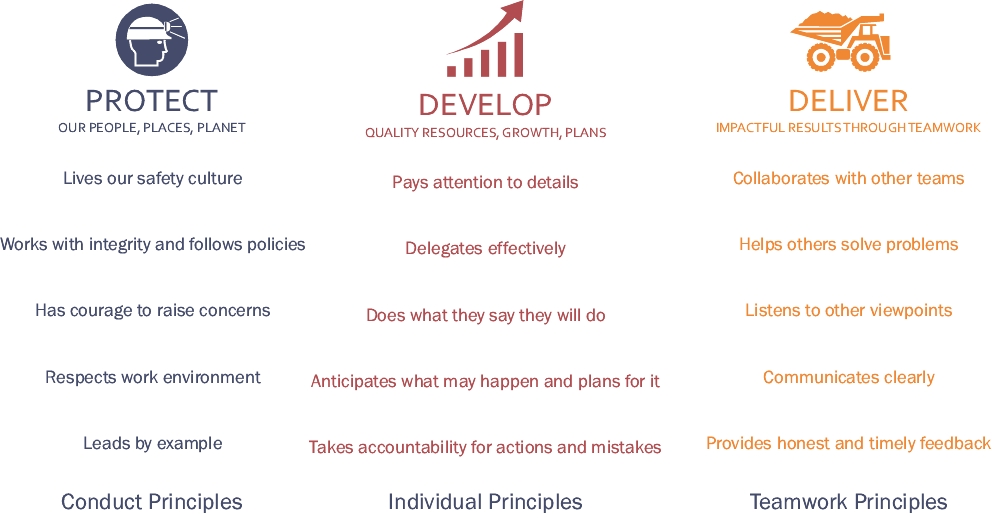
























 Robert E. Mellor, age 73
Robert E. Mellor, age 73








 Chair
Chair Audit Committee Financial Expert
Audit Committee Financial Expert






